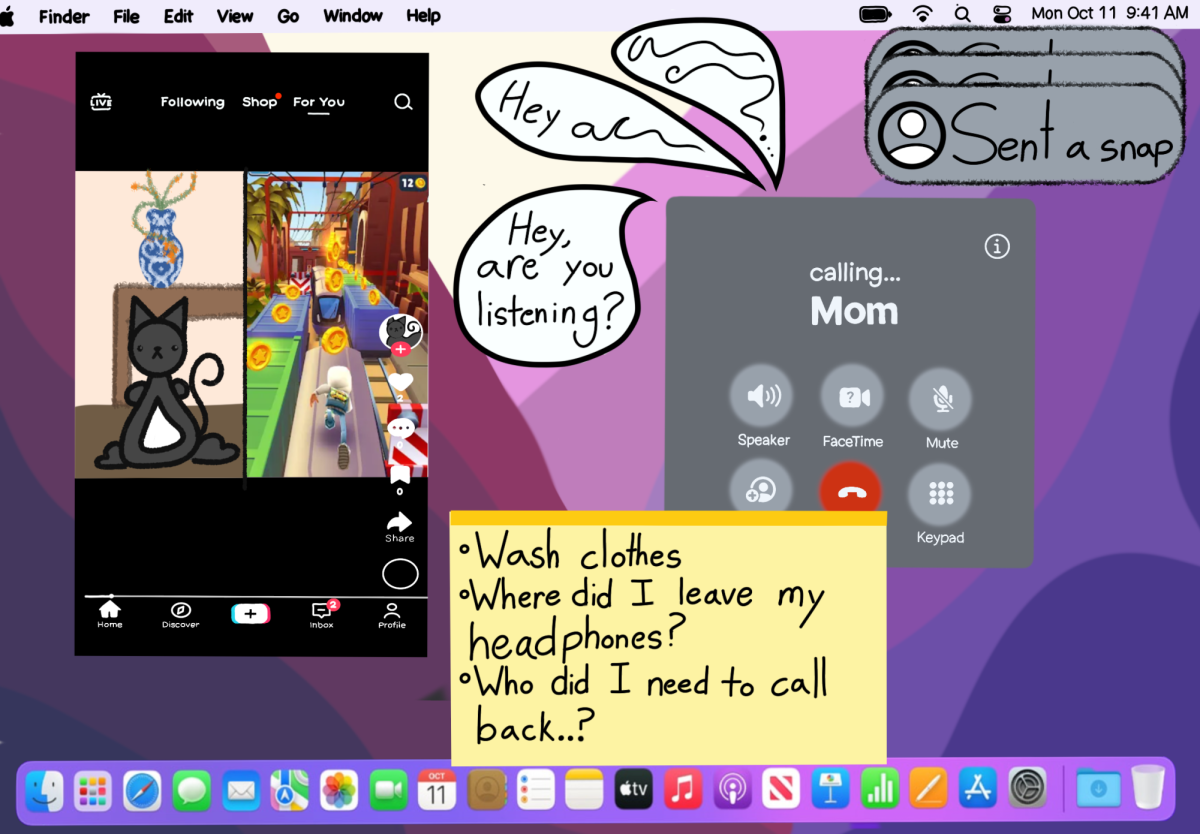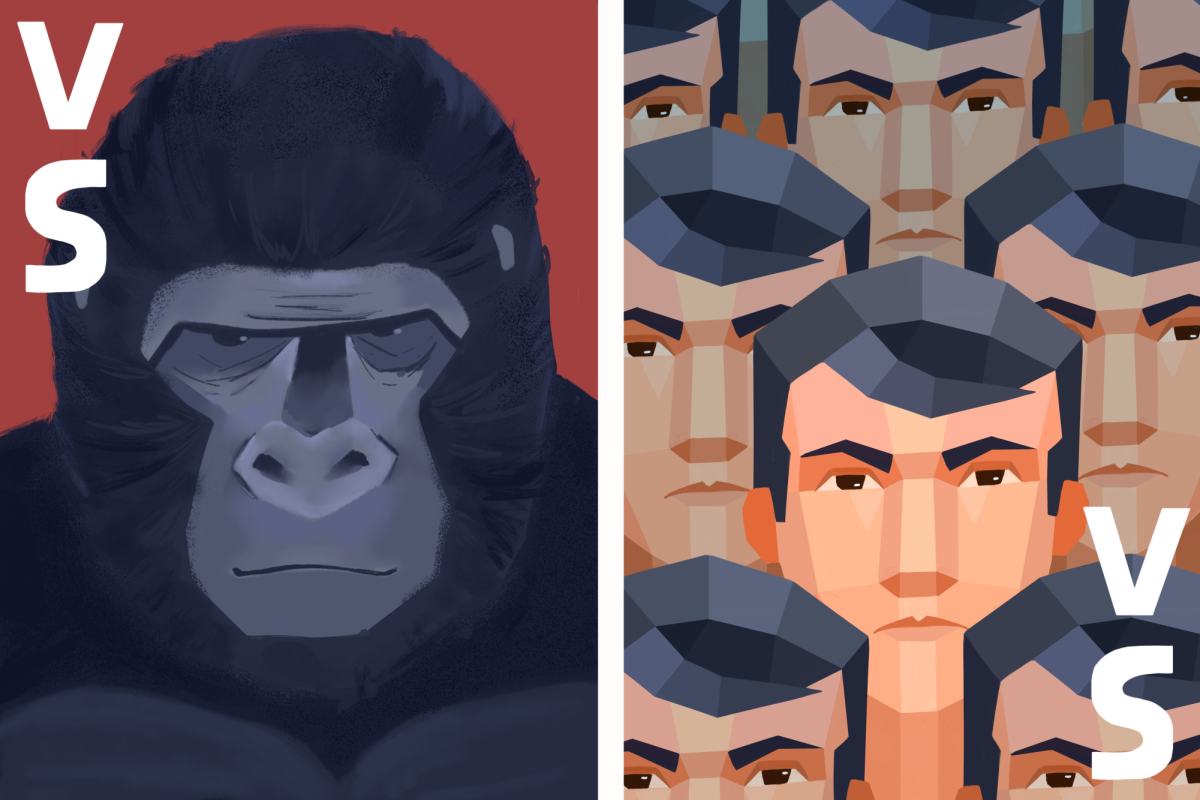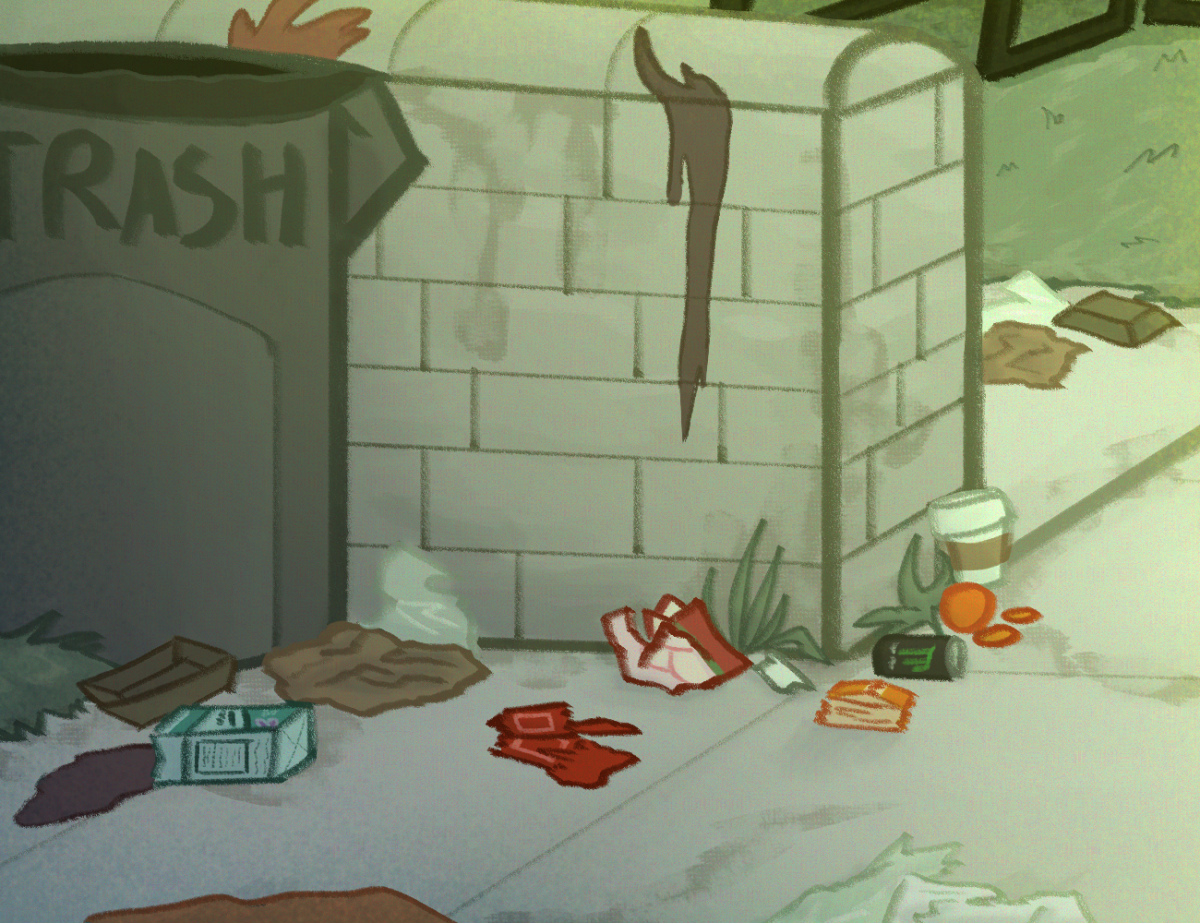We all know the feeling of watching a movie and becoming irrevocably bored, reaching for our phone and doing the tango between Instagram, Pinterest and the movie we just turned on. It’s no secret that between Generation Z (Gen Z) and Generation Alpha (Gen Alpha), attention spans have gone out the window and been replaced with 2-second interest, followed by about 15 minutes of a separate activity to keep your mind engaged. The question is, why have our attention spans decreased so drastically? And why is this a problem?
According to the American Psychological Association (APA), in 2004, the attention span of your average American was around two and a half minutes. Today, it’s shot down to 47 seconds. The study, which measured the time a person spent on one task before switching to another, ultimately showed that over the last decade or two, our attention spans had decreased by half of what they used to be; a troubling sight. The study goes on to explain that typically a shorter attention span is correlated with higher levels of stress and that continually switching between one task and another can lead to you making more mistakes once you return to your central task, and an overall slow productivity rate.
This, however, doesn’t come to a surprise to students at Foothill Technology High School (Foothill Tech). When asked if she thought it was surprising that our attention spans had decreased so much, Eloise Avery ‘25 immediately said, “Absolutely not,” further explicating that her opinion was shaped, “primarily because of the development of programs like TikTok, Instagram Reels [and] YouTube Shorts that serve to keep us entertained,” and in doing so, effectively shorten our attention spans.
The development of short-form content has popularized in recent years, with most people gaining their entertainment from videos that last less than 60 seconds with snappy music and quick cuts meant to keep us engaged. The model of these programs “revolves around the mass consumption of short videos that incentivize us to just keep scrolling,” Avery concludes. With this never-ending need to scroll and consume more comes terms like “doomscrolling”, a word popularized on social media to describe the feeling of being trapped when scrolling through social media — feeling as though you can’t stop and can’t exit the app. Being aware of this term, Avery also shared that she felt this trend was impacting “how we manage our time,” often leading us to spend hours on end on our devices while completely unaware of the passing time.
Part of this problem is that, for a long time, the only way to consume this short-form content was on Tiktok, but with brands catching on to the app’s popularity, programs such as Instagram Reels and Youtube Shorts began adopting similar models, making short-form content more accessible and available to younger audiences. Parents of these young children are often unaware that their children can consume this content on their favorite websites, consequently leading to even more unrestrained internet access.
This attention span problem doesn’t just affect our consumption of media; a good attention span is vital to being able to learn in a high school setting. Whether it be a take-home essay or a video longer than two minutes in class, students begin “zoning out” left and right, unable to stay focused on tasks that aren’t built for the sole purpose of keeping your attention, “It has made it more challenging to study or focus for long periods of time due to having this impulse to scroll for a dopamine hit,” reflected Avery. This isn’t a new idea though, as students acknowledge that their attention spans are decreasing, but feel unable to increase them afterward, feeling lost and unable to solve a problem they didn’t exactly cause.
To fully understand the reason we “doom scroll” so much, we must look into the science of short-form content and why it is so addicting. Scrolling activates the brain’s reward center by releasing dopamine, the “happiness chemical.” According to Healthdirect.gov, Dopamine acts on areas of the brain to “give you feelings of pleasure, satisfaction and motivation,” all good feelings that anyone would want to experience more of. In addition, certain mental health disorders such as Depression and ADHD are characterized by a dopamine imbalance, and with rising rates of both disorders in newer generations, both Gen Z and Gen Alpha are more susceptible to the dopamine hits that social media addiction can provide. Because social media is random, with a simple video algorithm providing each user with tailored content, “every like, comment or video is like a mini reward, keeping us hooked on the next potential hit,” according to Unplugged. This “uncertainty and variable reward triggers a dopamine release,” (unplugged) hooking users into continuing to scroll more and more in hopes of another dopamine hit. Not only this but each person’s individual algorithm is tailored in hopes of continuously providing each user with content that will keep them entertained long enough to want to continue to scroll in search of more entertainment, putting us all at the center of a vicious cycle.
It’s no secret that social media addiction is real, or that doom scrolling negatively affects your mental health and causes increased rates of depression and anxiety. But the worst effect of social media is stealing something that’s much harder to get back: your attention span. Even while writing this piece I’ve gone on Instagram at least 12 times, opened and closed, and reopened, every New York Times Game available, and texted multiple of my friends. I implore you to delete that app, set your own screen time restrictions if you must and take back your attention span. Both for yourself and for everyone around you.










